Introduction to Kyoto
As the former imperial capital of Japan, Kyoto effortlessly blends the old with the new. This city in the Kansai region is renowned for its well-preserved temples, stunning gardens, traditional teahouses, and the historic geisha district of Gion.
Where to Stay in Kyoto?
You don't have to worry about accommodations when traveling to Kyoto. Here is the overview of hotels in Kyoto:
- Budget Hotels: These hotels usually offer basic amenities and are ideal for budget travelers. The average cost for a budget hotel in Kyoto ranges from SGD 40 to SGD 80 per night.
- Mid-range Hotels: These hotels offer more facilities and comfort compared to budget hotels. The average cost for a mid-range hotel in Kyoto ranges from SGD 80 to SGD 150 per night.
- Luxury Hotels: These hotels provide upscale accommodations with top-notch facilities and services. The average cost for a luxury hotel in Kyoto ranges from SGD 150 to SGD 400 per night.
There are many well-known chain hotels in Kyoto. Westin is the most popular brand among tourists. New Miyako Hotel Kyoto is one of the most popular hotels in Kyoto. If you're still unsure, Trip.com recommends Rihga Royal Hotel Kyoto.
Tips for Travelling to Kyoto
- Language: While some people in Kyoto speak English, especially in tourist areas, it's helpful to learn a few basic Japanese phrases.
- Currency: The currency in Japan is the Yen (JPY). Credit cards are accepted in many places, but it's always a good idea to have some cash on hand, especially for smaller shops and restaurants.
- Etiquette: Japanese culture is steeped in tradition and has many etiquette rules. For example, it's considered rude to eat or drink while walking in public. Also, remember to remove your shoes when entering someone's home or certain traditional restaurants and temples.
- Sightseeing: Kyoto is famous for its temples, shrines, and gardens. Some of the most popular include Kinkaku-ji (Golden Pavilion), Fushimi Inari Shrine, and the Arashiyama Bamboo Grove.
- Weather: Kyoto has a humid subtropical climate. Summers are hot and humid, while winters are relatively cold with occasional snowfall. The best times to visit are spring (for cherry blossoms) and autumn (for fall foliage)
Popular Attractions in Kyoto
- Fushimi Inari Taisha: This iconic Shinto shrine is famous for its thousands of vibrant orange torii gates that create a mesmerizing tunnel-like path up the sacred Mount Inari. It is a must-visit for first-time visitors to Kyoto, offering a unique and memorable experience.
- Kinkaku-ji: One of Kyoto's most famous landmarks, the Golden Pavilion is a stunning Zen Buddhist temple covered in gold leaf. The temple is surrounded by beautiful gardens and a reflective pond, making it a picturesque spot for photography.
- Kiyomizu-dera Temple: This historic Buddhist temple is one of Kyoto's most popular attractions, offering panoramic views of the city from its hillside location. The temple's main hall features a large wooden terrace supported by tall pillars, making it an architectural marvel.
- Nijo Castle: A UNESCO World Heritage Site, Nijo Castle is a well-preserved example of Japanese feudal architecture. The castle features beautiful gardens, moats, and impressive palace buildings with intricate wood carvings and wall paintings.
- Gion District: This historic geisha district is known for its traditional wooden machiya houses, teahouses, and narrow streets. Visitors can stroll through the charming streets, dine at local restaurants, and may even catch a glimpse of a geisha or maiko (apprentice geisha) on their way to an engagement.
What to Eat in Kyoto
Kyoto is famous for its traditional Japanese cuisine, known as Kyo-ryori, which includes a variety of unique and seasonal dishes. Here are some must-try foods and dishe:
- Kaiseki Ryori: This is a traditional multi-course Japanese dinner that emphasizes seasonal ingredients, artful presentation, and balance of taste. It's a culinary experience that reflects the Japanese aesthetic.
- Tofu Specialties: Kyoto is known for its high-quality tofu and yuba (tofu skin). You can try dishes like yudofu (hot tofu), which is often served in a light broth and enjoyed with various condiments.
- Matcha: Kyoto is the heart of Japan's tea culture, and you can enjoy matcha (powdered green tea) in many forms, from traditional tea ceremonies to matcha-flavored sweets like ice cream, cakes, and mochi.
- Kyoto Vegetables (Kyo-yasai): These are traditional vegetables that are specific to the Kyoto area. They are often used in local dishes and are known for their quality and flavor.
- Sushi: While not unique to Kyoto, sushi is a must-try in Japan. Kyoto offers its own style, such as sabazushi (mackerel sushi) and other types of pressed sushi.
- Ramen: Kyoto has its own style of ramen, typically a lighter soup than other regions. Look for Kyoto-style chicken broth ramen or the unique vegetarian shojin ramen.
Weather, Best Time to Visit, and What to Wear
Kyoto experiences four distinct seasons: humid summers, chilly winters, and mild springs and autumns. The city is particularly popular during spring (March to May) and autumn (September to November) when cherry blossoms and autumn leaves transform the landscape.
Given the varied climate, clothing should be season appropriate. Comfortable shoes are essential for temple hopping.
Why Plan Your Kyoto Trip with Trip.com
With Trip.com, you'll find a vast selection of flights and hotels, real-time flight updates, and travel recommendations tailored to your preferences. Our 24/7 customer service is always ready to assist with your travel needs.
When booking with Trip.com, you earn Trip Coins that can be redeemed for discounts on future bookings. Start your Kyoto adventure with Trip.com today!
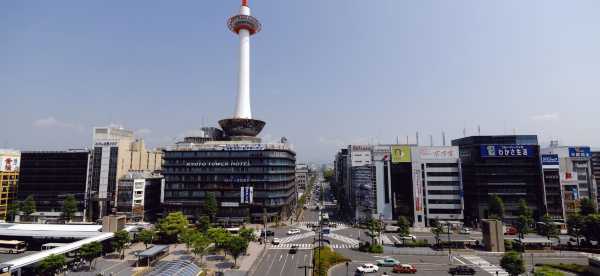
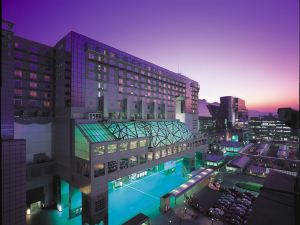
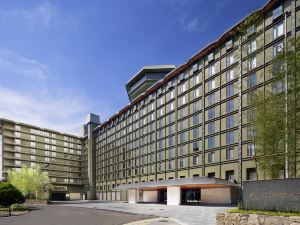


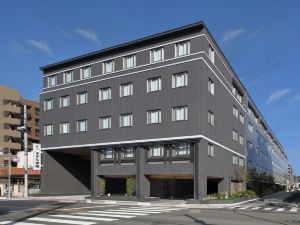


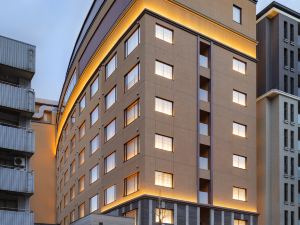
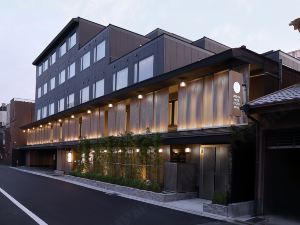
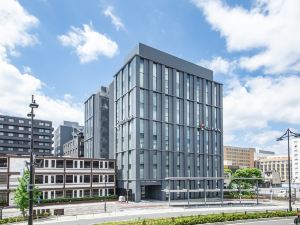



















Outstanding
362 Reviews